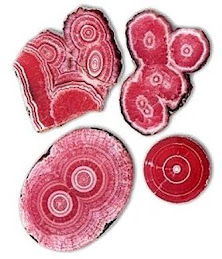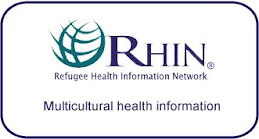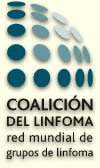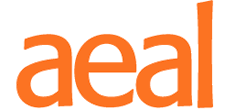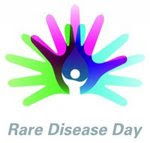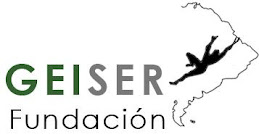The Occupational Health Safety Network (OHSN) is a free, web-based surveillance system designed by NIOSH to reduce preventable injuries among healthcare personnel. The network is a voluntary system that enables near real-time, secure tracking of occupational injuries by type, occupation, location, and risk factors using data already collected by healthcare facilities for OSHA reporting. The system allows healthcare facilities to:
Identify the most common injuries occurring at their facility and how they occurred.
Compare injury rates to other participating healthcare facilities by region or size, ensuring hospital and employee privacy.
Evaluate whether interventions are effective at reducing injuries by monitoring trends over time.
Access innovative intervention tools developed by NIOSH and other OHSN participating facilities.
Generate injury data reports as needed to meet OSHA regulatory and Joint Commission accreditation requirements.
From January 1, 2012 through September 30, 2014, 112 U.S. healthcare facilities reported 3,972 slips, trips, and falls injuries (STF); 4,674 patient handling and movement injuries; and 2,034 workplace violence injuries for a total of 10,680 OSHA-recordable injuries in these categories. See the
recent article in the CDC Morbidity and Mortality Weekly Report (MMWR) for more information on the data collected.
Future improvements to OHSN include plans to develop a module to systematically collect detailed information on occupational sharps injuries and blood and body fluid exposures among HCP that will assist in creating prevention strategies for those hazards. Send us your thoughts on what other injury types would be most useful to you and your organization. While OSHN started in healthcare, the system can be applied to nearly any industry with computer and internet access where occupational injury data are routinely collected. Let us know which industries could most benefit from a similar effort.
Finally, help us reach our goal of enrolling 200 healthcare facilities in OHSN by 2016. Click
hereto start the enrollment process.
Ahmed Gomaa, MD, ScD, MSPH
Dr. Gomaa is a Medical Officer in the NIOSH Division of Surveillance Hazard Evaluation and Health Studies








